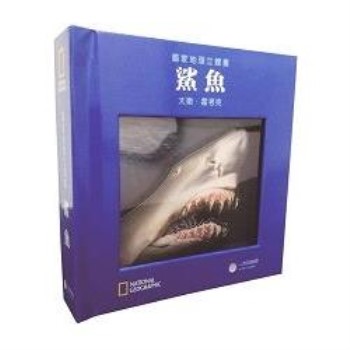"A unique book that is smart, visually stunning and beautifully written....I know of no other book that covers the wide array of roles that animals play in our lives in a manner that is as intellectually satisfying and entertaining as this one. I loved it." Hal Herzog, author of Some We Love, Some We Hate, and Some We Eat: Why It's So Hard to Think Straight about Animals
From fairy tales to photography, nowhere is the complexity of human-animal relationships more apparent than in the creative arts. Art illuminates the nature and Significance of animals in modem Western thought, capturing the complicated union that has long existed between the animal kingdom and us. In Beauty and the Beast, authors Arluke and Bogdan explore this relationship through the unique lens of photo postcards This visual medium offers an enormous and relatively untapped archive to document their subject compellingly.
The importance of photo postcards goes beyond their abundance Recognized as the "people's photography," photo postcards were typically taken by photographers who were Part of the community they were photographing Their intimacy with the people and places they captured resulted in a vernacular record of the life and times of the period uncavailable in other kinds of photography. Arluke and Bogdan use these postcards to tell the story of human-animal relations in the United States from approximately 1905 to 1935. During these years, Americans experienced profound changes that altered their connection with animals and influenced perceptions and treatment of them today. Wide-ranging in scope, Beauty and the Beast looks at the variety of roles animals ployed in society, from pets and laborers to symbols and prey The authors discuss the contradictions, dualisms, and paradoxes in our relationships with animals, illustrating how animals were distanced and embraced, eommodified and anthropomorphized. With over 350 illustrations, this book presents a vivid chronicle of the deep cultural ambivalence that characterized human-animal relations in the early twentieth century and that continues today.
| FindBook |
有 1 項符合
Beauty and the Beast: Human-Animal Relations As Revealed in Real Photo Postcards 1905-1935的圖書 |
 |
Beauty and the Beast: Human-Animal Relations As Revealed in Real Photo Postcards 1905-1935 作者:Arluke,Arnold/Bogdan,Robert 出版社:Syracuse Univ Pr 出版日期:2010-11-05 語言:英文 規格:精裝 / 276頁 / 2.5 x 22.2 x 28.6 cm / 普通級 |
| 圖書館借閱 |
| 國家圖書館 | 全國圖書書目資訊網 | 國立公共資訊圖書館 | 電子書服務平台 | MetaCat 跨館整合查詢 |
| 臺北市立圖書館 | 新北市立圖書館 | 基隆市公共圖書館 | 桃園市立圖書館 | 新竹縣公共圖書館 |
| 苗栗縣立圖書館 | 臺中市立圖書館 | 彰化縣公共圖書館 | 南投縣文化局 | 雲林縣公共圖書館 |
| 嘉義縣圖書館 | 臺南市立圖書館 | 高雄市立圖書館 | 屏東縣公共圖書館 | 宜蘭縣公共圖書館 |
| 花蓮縣文化局 | 臺東縣文化處 |
|
|
圖書介紹 - 資料來源:博客來 評分:
圖書名稱:Beauty and the Beast: Human-Animal Relations As Revealed in Real Photo Postcards 1905-1935
A First-Class Fool: Mark Twain and Humor, Featuring the Collection of Susan Jaffe Tane
Reversal
Reflections on Collecting: Still Musing on Collecting and American Antiques
Oriental Rugs: An Illustrated Lexicon of Motifs, Materials and Origins
American Classical Furniture 1810-35: The Schrimsher Collection
Battle Royale: Enforcers, Vol. 3
The Witcher: Classic Collection
Review Tales - A Book Magazine For Indie Authors - 14th Edition (Spring 2025)
A Glimpse of the Thoughts: Collection of Timeless and Soul-Searching Poems
Corpse Blade Vol. 2
Reversal
Reflections on Collecting: Still Musing on Collecting and American Antiques
Oriental Rugs: An Illustrated Lexicon of Motifs, Materials and Origins
American Classical Furniture 1810-35: The Schrimsher Collection
Battle Royale: Enforcers, Vol. 3
The Witcher: Classic Collection
Review Tales - A Book Magazine For Indie Authors - 14th Edition (Spring 2025)
A Glimpse of the Thoughts: Collection of Timeless and Soul-Searching Poems
Corpse Blade Vol. 2
|











